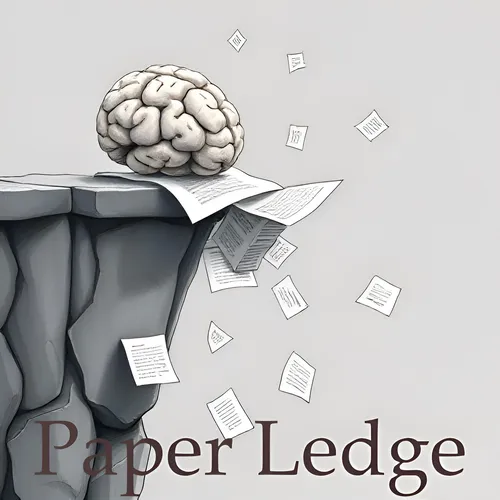Computer Vision - Open Vision Reasoner Transferring Linguistic Cognitive Behavior for Visual Reasoning
- Author
- ernestasposkus
- Published
- Tue 08 Jul 2025
- Episode Link
- https://www.paperledge.com/e/computer-vision-open-vision-reasoner-transferring-linguistic-cognitive-behavior-for-visual-reasoning/
Hey PaperLedge learning crew, Ernis here, ready to dive into some seriously cool AI research! Today, we're talking about teaching AI to "see" and "think" like us, and the results are kind of mind-blowing.
Specifically, we're looking at a paper about how to supercharge Multimodal Large Language Models, or MLLMs. Think of these MLLMs as AI that can understand both text and images. It's like giving your computer eyes and a brain that can connect what it sees with what it reads.
Now, these researchers were inspired by how LLMs, those text-generating AI powerhouses, learn to reason. The secret? They get rewarded when they give verifiable, correct answers. It's like giving a dog a treat for sitting – positive reinforcement! The researchers wanted to know if they could apply the same principle to MLLMs to unlock advanced visual reasoning abilities.
So, how did they do it? They used a two-step process. First, they took a powerful MLLM called Qwen2.5-VL-7B and gave it a massive linguistic "cold start." Imagine it like this: you're downloading a brand-new operating system onto a computer. It's a huge initial data dump to get the system running.
Then comes the really cool part: Multimodal Reinforcement Learning, or RL. This is where the "treats" come in. The AI is given a visual problem, and if it gets the answer right, it gets a reward. They ran this process almost 1,000 times, which is a huge step up from previous attempts. Think of it as the AI going through a really intense training montage!
"This pioneering work reveals three fundamental insights..."
And here's where it gets fascinating. The researchers discovered three key things:
- Early Bloom: Behavior transfer emerges surprisingly early in cold start due to linguistic mental imagery. It turns out, the AI starts to show signs of visual understanding really early, even before the heavy-duty reinforcement learning. The scientists believe this is due to the AI's ability to use language to create mental images.
- Memory & Discernment: Cold start broadly memorizes visual behaviors, while RL critically discerns and scales up effective patterns. The initial "cold start" helps the AI memorize a wide range of visual concepts. But the reinforcement learning is crucial for helping the AI understand which visual patterns are actually useful for solving problems.
- Strategic Transfer: Transfer strategically favors high-utility behaviors such as visual reflection. The AI seems to prioritize learning the most helpful visual skills, like the ability to reflect on what it sees. It's like the AI is strategically picking up the most valuable tools for its reasoning toolbox.
The result of all this hard work? A brand-new MLLM called Open-Vision-Reasoner, or OVR. And the performance is incredible. It achieved state-of-the-art results on a bunch of tough reasoning benchmarks. For example, it aced a math problem-solving test called MATH500 with a score of 95.3%! It also did incredibly well on other visual reasoning challenges, like MathVision and MathVerse.
But the best part? The researchers are sharing their model, the data they used, and even how the AI learned along the way. This is a huge win for open-source AI and will help others build even smarter and more capable MLLMs.
So, why does this matter? Well, for AI researchers, it's a breakthrough in understanding how to build more powerful and versatile AI systems. For educators, it opens up new possibilities for personalized learning and AI-powered teaching tools. And for everyone else, it's a glimpse into a future where AI can truly "see" and understand the world around us, potentially leading to new advancements in areas like self-driving cars, medical diagnosis, and scientific discovery.
Now, this research has me thinking:
- If AI can develop "mental imagery" through language, could we use this to teach AI to be more creative or empathetic?
- As MLLMs become more sophisticated, how do we ensure they are used responsibly and don't perpetuate biases present in the data they are trained on?
That’s all for this episode of PaperLedge! Keep learning, crew!
Credit to Paper authors: Yana Wei, Liang Zhao, Jianjian Sun, Kangheng Lin, Jisheng Yin, Jingcheng Hu, Yinmin Zhang, En Yu, Haoran Lv, Zejia Weng, Jia Wang, Chunrui Han, Yuang Peng, Qi Han, Zheng Ge, Xiangyu Zhang, Daxin Jiang, Vishal M. Patel
